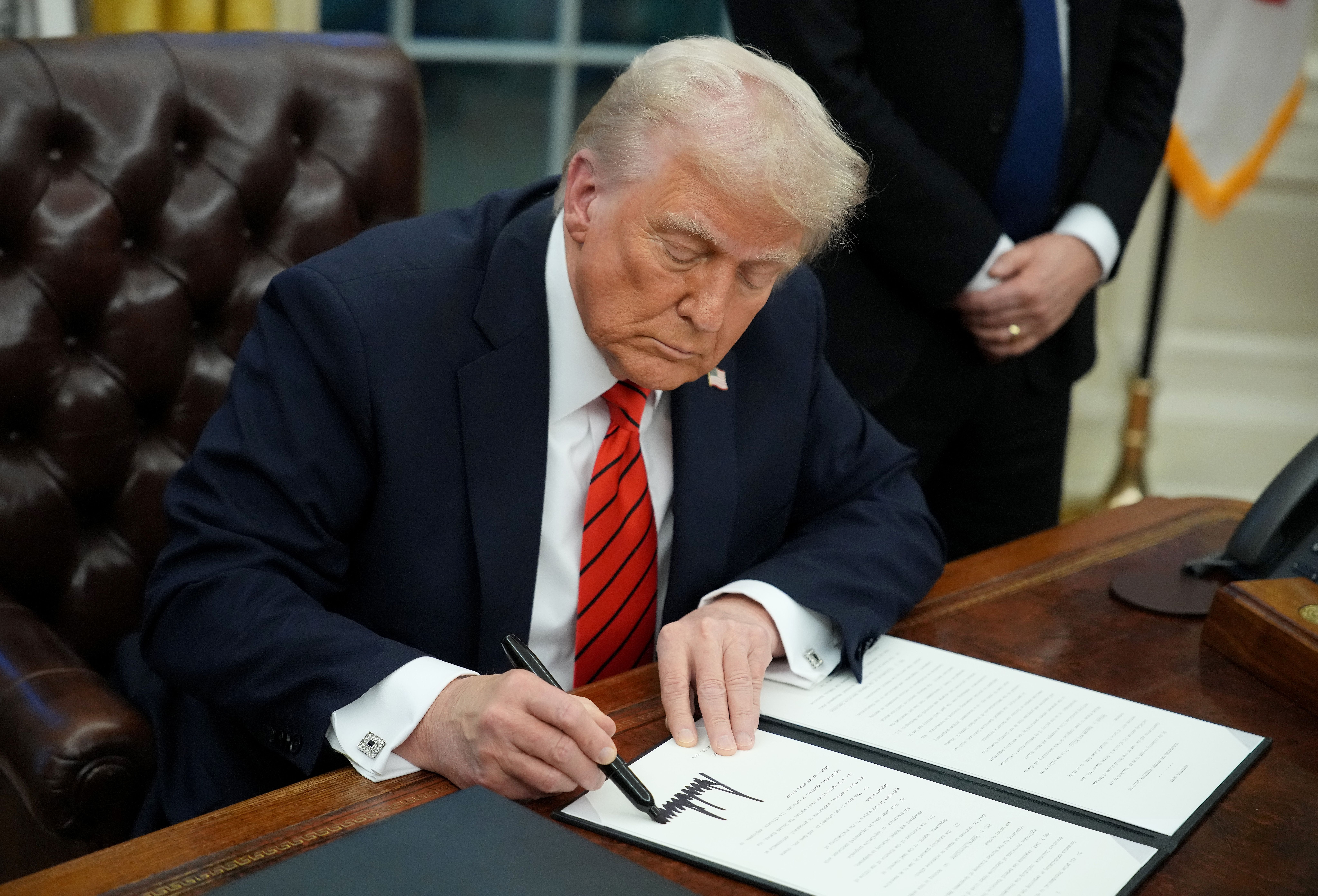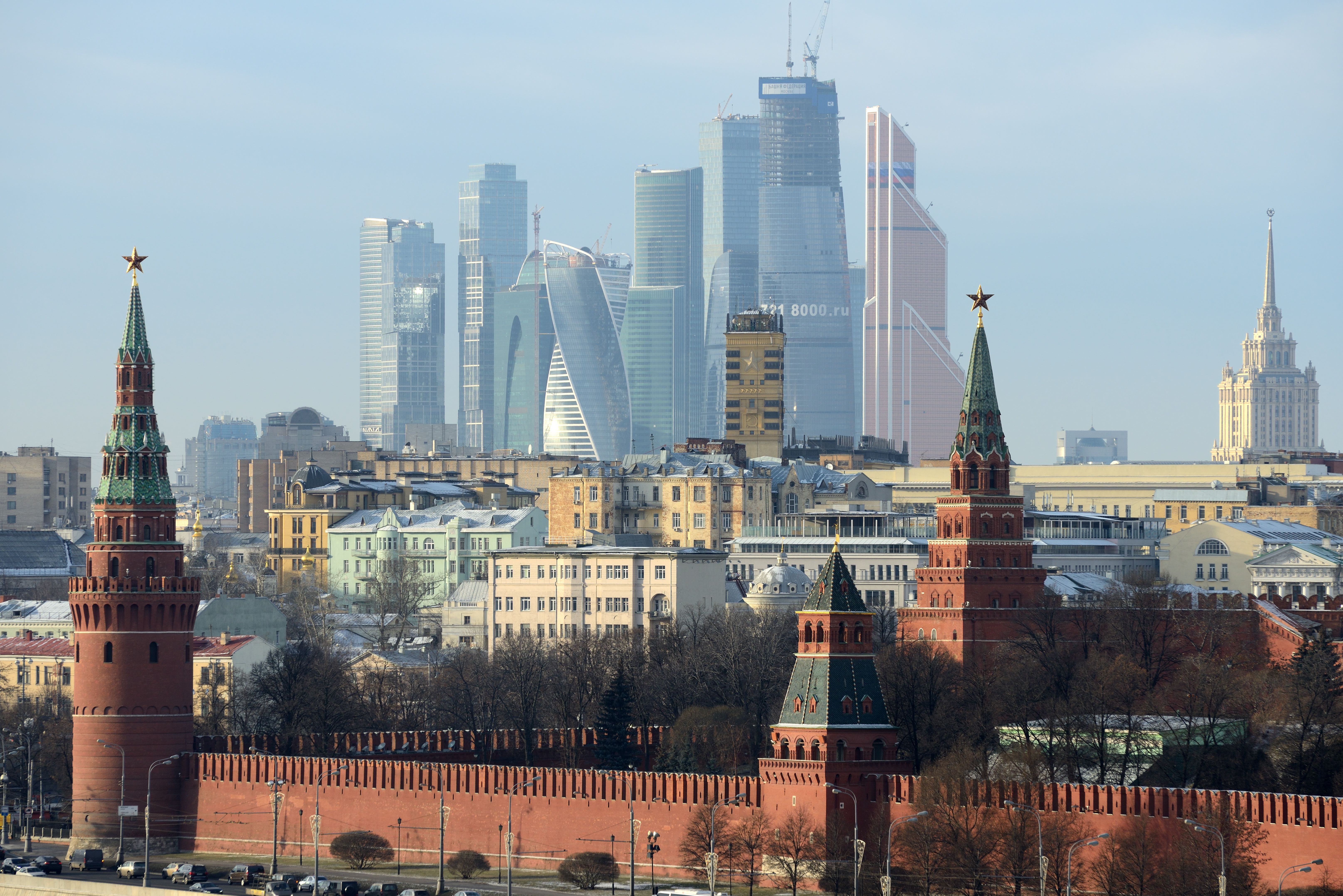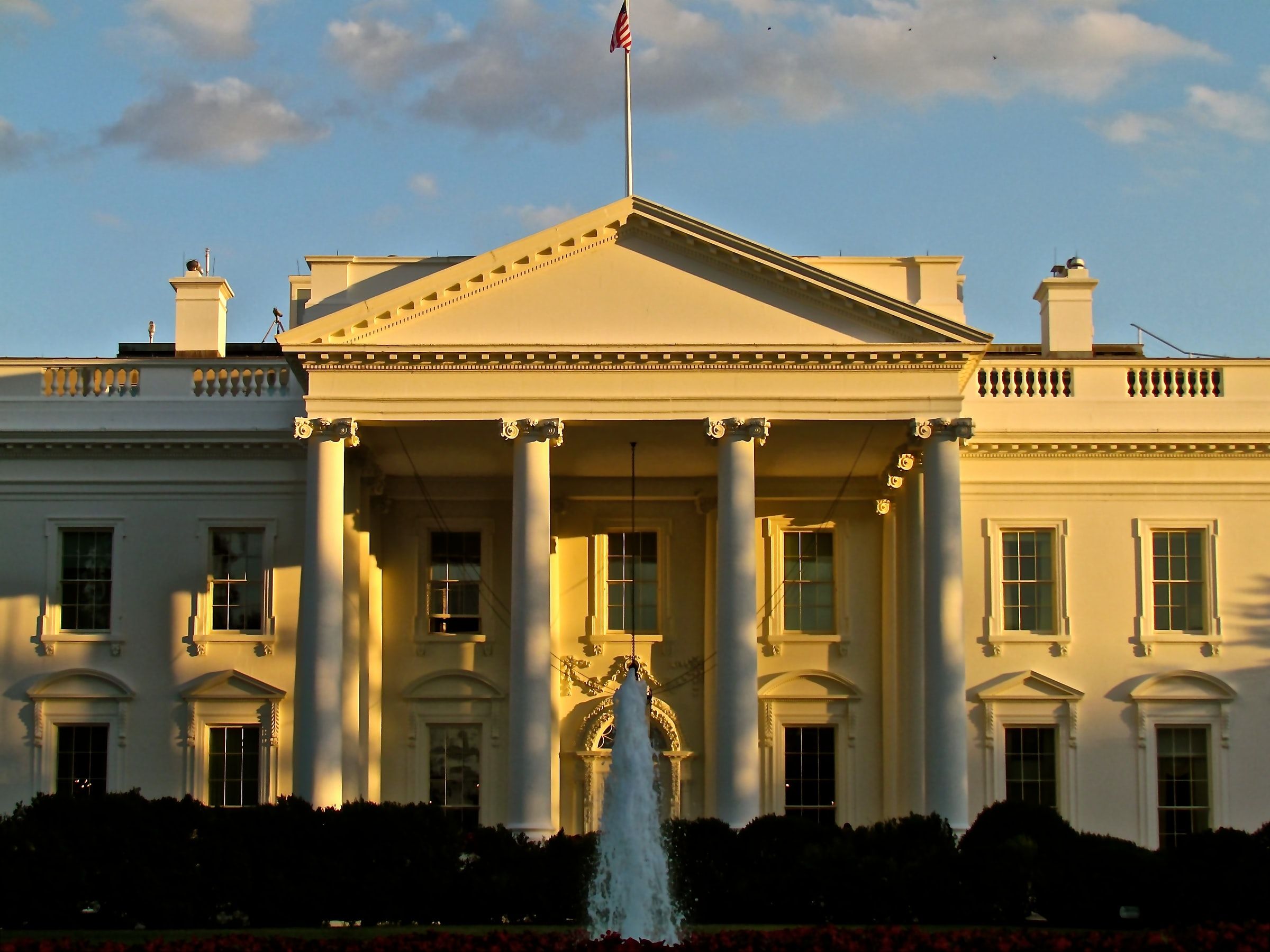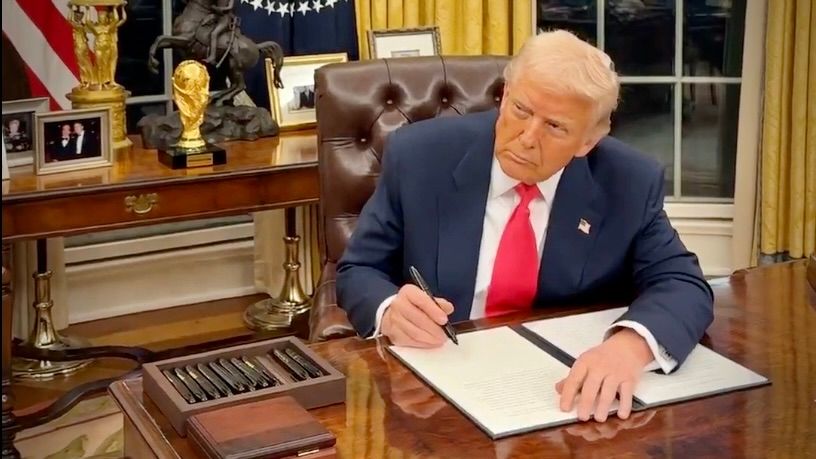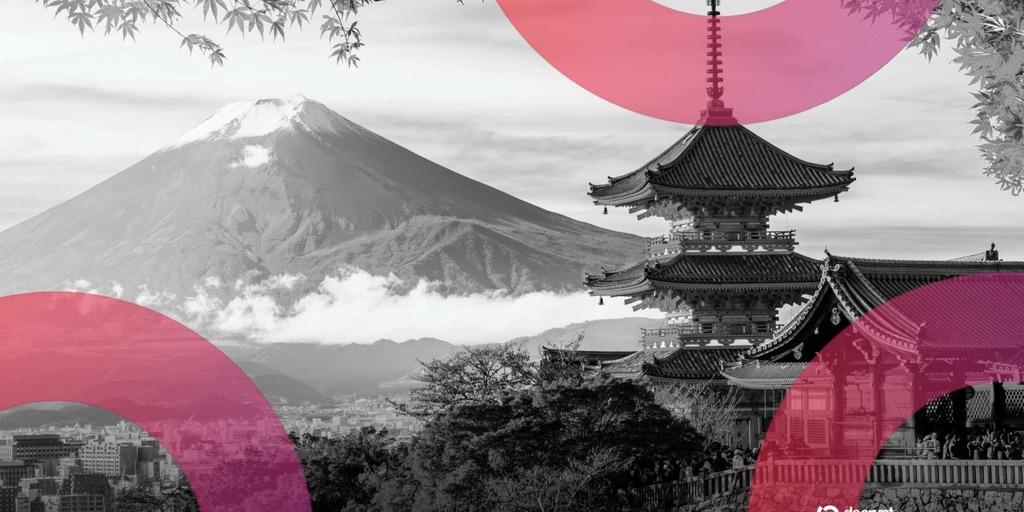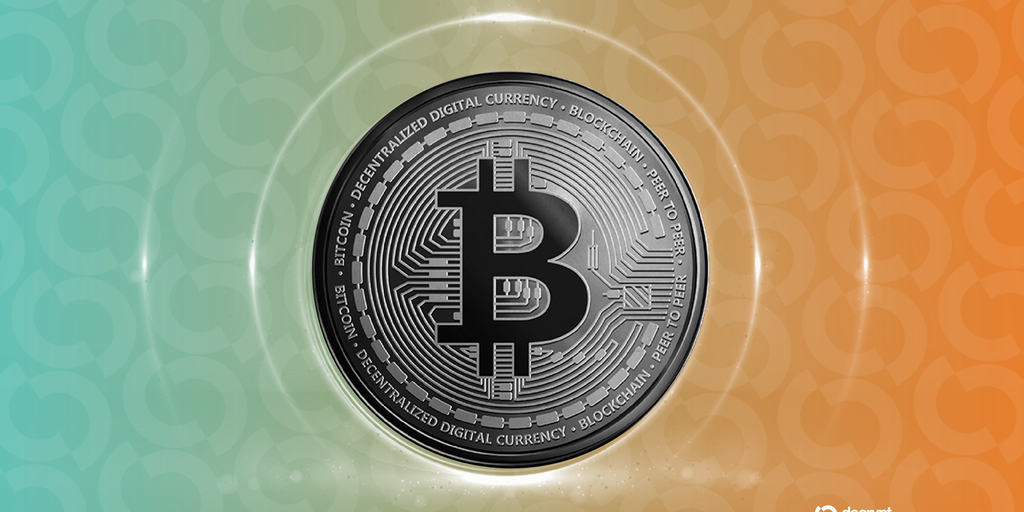The Crypto Strategic Reserve: A New Era for the Industry?
What’s in the Reserve?
At the Bitcoin Conference in Nashville, Donald Trump announced plans to create a "strategic national bitcoin reserve." By Sunday morning, March 2, the reserve had expanded to include not only bitcoin (BTC) but also ether (ETH), XRP, Solana (SOL), and Cardano (ADA).
Why the Controversy?
The move sparked a mix of reactions across the crypto community. Some criticized the decision to include multiple coins, asking if the U.S. should be stockpiling tokens like XRP and Cardano. Others wondered what might have changed Trump’s mind.
What’s the Purpose?
Trump stated he wants to make the U.S. the "crypto capital of the world." His timing seemed aimed at retail traders, with his son, Eric Trump, tweeting, "I love the genius of announcing a strategic reserve on a Sunday, when traditional markets are closed and Wall Street sleeps. For the first time, retail investors win."
What’s Next?
The assets’ prices rose almost immediately, with ADA benefiting in particular. Still, there’s much to be learned about the "Crypto Strategic Reserve." Here are some key questions:
1. Is He Serious?
The U.S. already owns over 200,000 BTC, claimed through seizures. Experts suggest this could be the basis for a National Reserve without Congressional approval. However, a multi-coin reserve would require Congressional legislation. Wyoming Senator Cynthia Lummis has proposed legislation to buy $20 billion in the first year and 20,000 more BTC in each of the following four years, taking the U.S. stockpile to one million BTC. Lummis’s views on the expanded multi-coin reserve are unknown, and she plans to meet with industry leaders on March 11 to discuss the matter.
2. Why Include Solana, XRP, and Cardano?
The inclusion of these coins raises questions about the selection criteria. Bitcoin’s dominance in the market is evident, but it’s harder to justify the inclusion of Solana, XRP, and Cardano. They may be chosen for their ties to the U.S., as Trump’s administration seeks to promote the U.S. crypto industry.
3. Will Other States Follow Suit?
Up to 22 states are considering creating their own crypto reserves, mostly in bitcoin. Will they now consider a wider range of assets?
4. Will Crypto Support It?
The reaction to Trump’s announcement within the professional crypto community was tepid to critical. Trump’s plan may not have universal support, and the administration will need industry backing to make it a reality.
Conclusion
The Crypto Strategic Reserve is a significant development in the world of crypto, with far-reaching implications for the industry and its stakeholders. While there are many unanswered questions, one thing is clear: the U.S. is taking a bold step into the world of digital currencies. As the market continues to evolve, it will be essential to monitor developments and assess the impact of this new initiative.
FAQs
Q: What is the purpose of the Crypto Strategic Reserve?
A: The purpose is to create a strategic national bitcoin reserve, with the goal of making the U.S. the "crypto capital of the world."
Q: Why is there controversy surrounding the announcement?
A: Some critics argue that the inclusion of multiple coins, such as XRP and Cardano, is unnecessary and may not be justified.
Q: What is the current state of the reserve?
A: The reserve currently includes bitcoin, ether, XRP, Solana, and Cardano, with the potential for future additions.
Q: How will the reserve be funded?
A: The funding mechanism is unclear, with some speculating that the U.S. may need to sell gold to buy crypto or seek new spending appropriations.
Q: Will other states follow suit?
A: Yes, up to 22 states are considering creating their own crypto reserves, mostly in bitcoin. The Trump administration’s announcement may prompt more states to explore this option.

